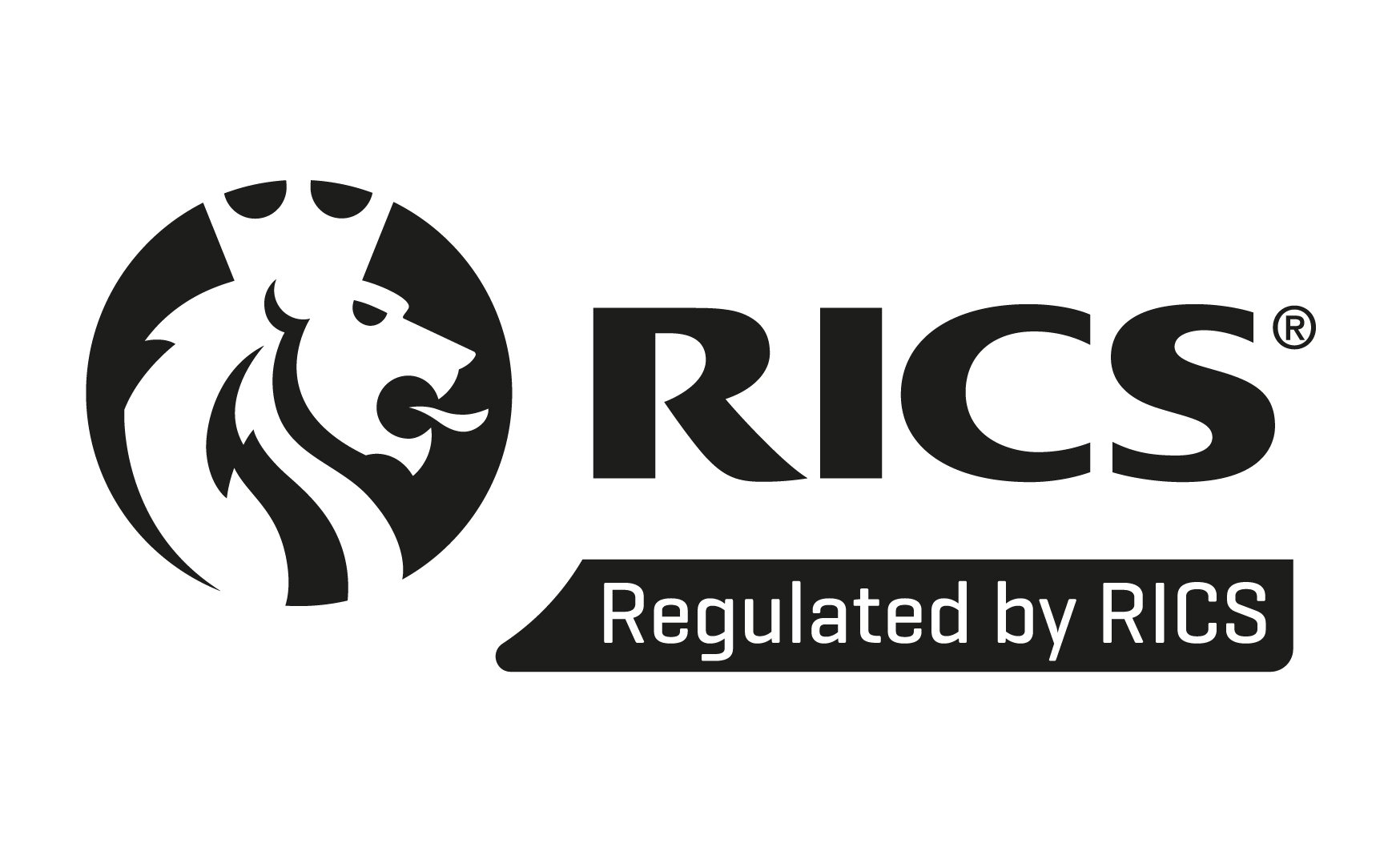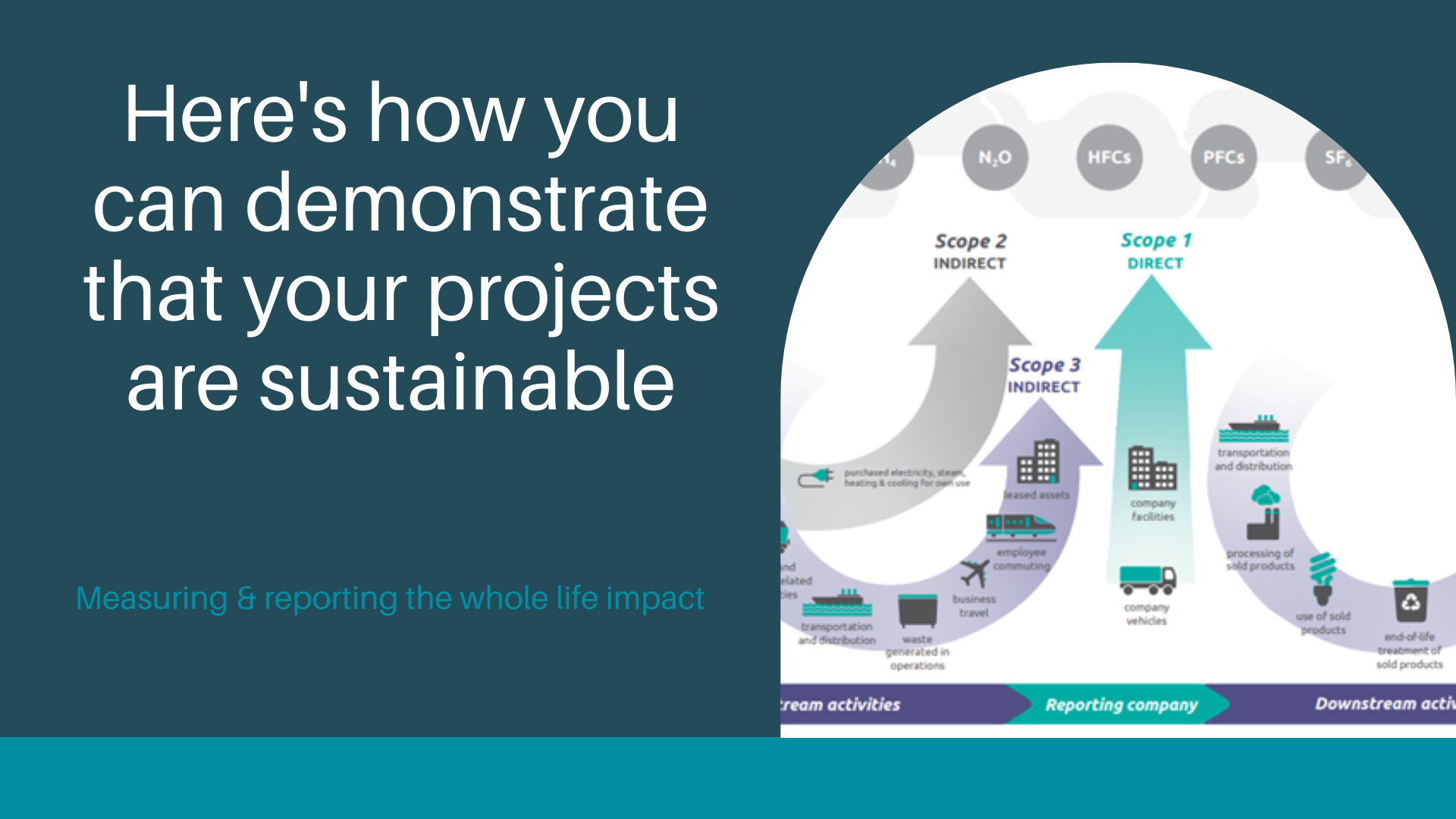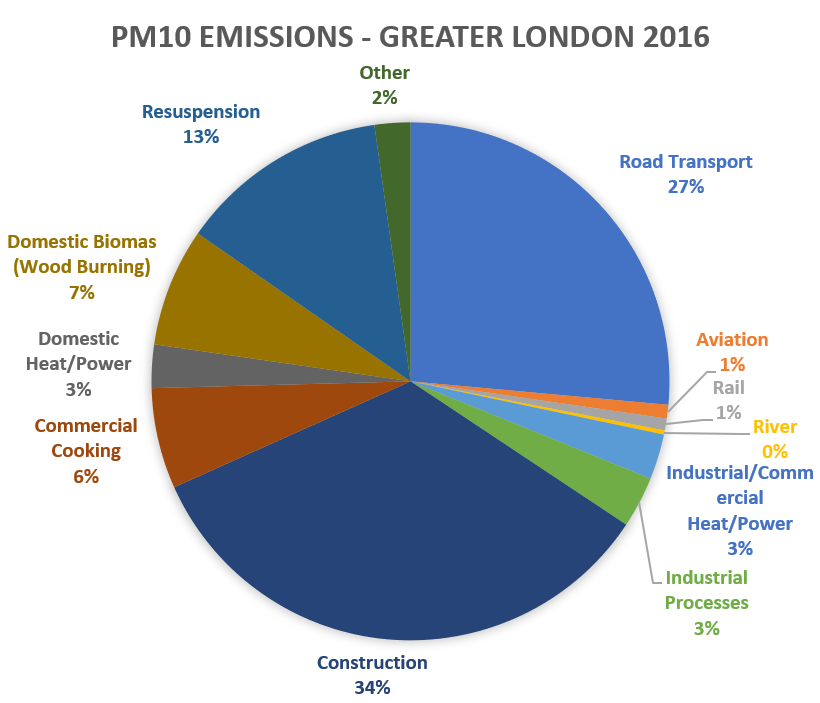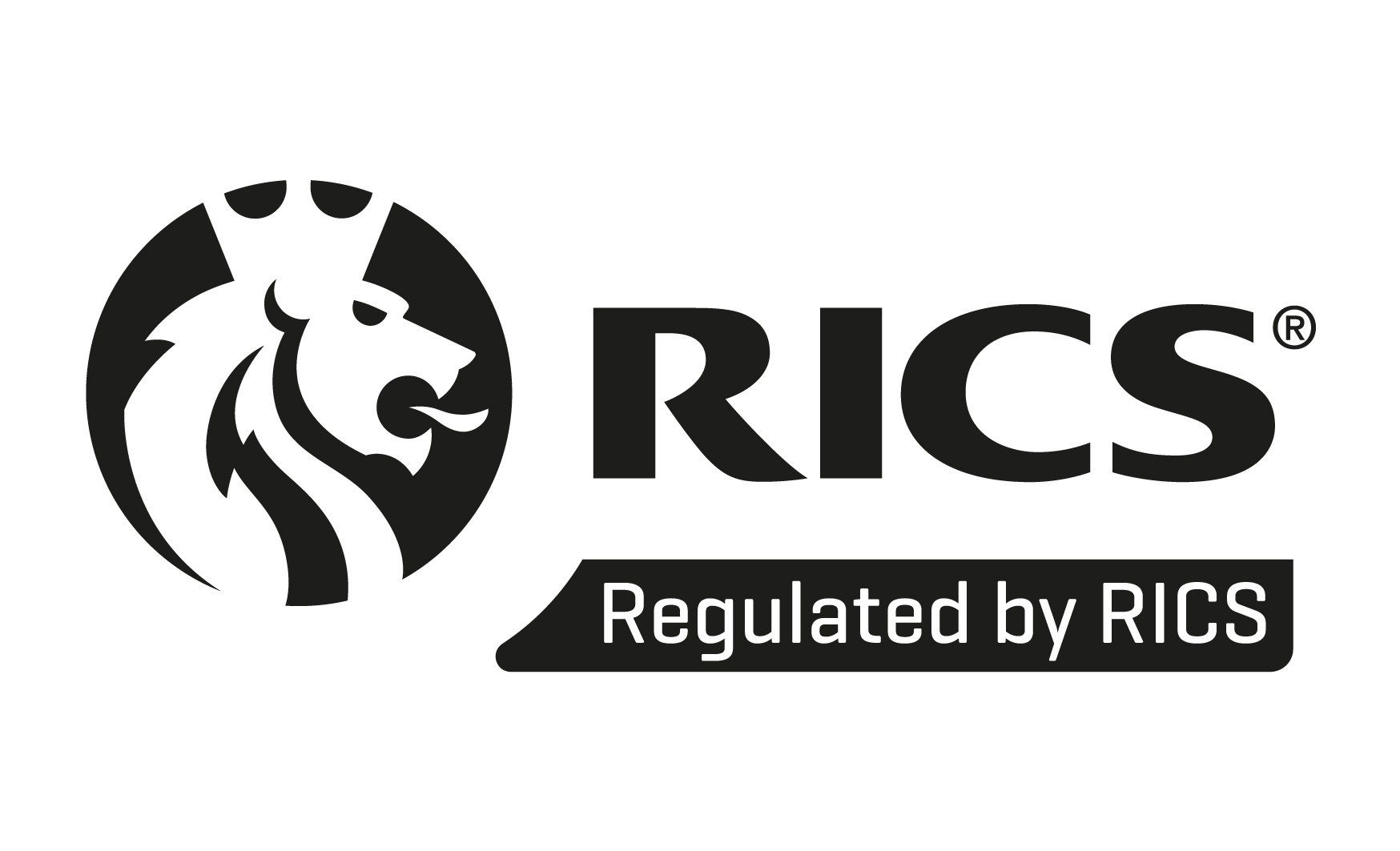Opex: How to achieve spend consistency
Why flatlining your spend is good for you

We often find that when we initially engage with operators, that week to week or month to month operational spend profiles can vary dramatically.
The opening image here depicts how this can sometimes appear if you were to plot the spend profile. Spend is up or down, with no obvious pattern to it, and sometimes it’s just completely erratic. You just don’t know, from one period to the next, how much spend there will be nor what it will be for. The more operational sites you have, the greater this issue could be.
Whereas there might be a long-term average amount of spend (able to be calculated only at the end of the year) the reality of actual spend incurred from period to period can fluctuate. Spend can also leak towards the end of month or year leading to painful exercises to calculate how much funds to accrue for commitments you’re just not sure about.
In any normal situation this can lead to significant uncertainty and difficulty for the operator for both tracking and forecasting spend on an ongoing basis, not to mention, causing a potential break down in trust between the budget holders and the finance team.
For some organisations, especially where cash flow might be tighter, or where there are budgetary pressures, or other cost control challenges, then such variability in spend could become crippling to your ability to respond to urgent maintenance, brand compliance or health & safety requirements. Furthermore, if financial pressures are significant enough, it could even cause severe financial stress to the whole organisation, or even to corporate failure if it can’t meet its liabilities.
As the party responsible for managing the budget there are therefore numerous advantages that you can achieve, if you have a carefully managed approach to managing your operational facilities and maintenance expenditure.
- The ability to plan, in advance, what you will be expecting to be spending every week, for all of compliance, planned and reactive tasks
- Full knowledge of just how much spend you will have committed to with your suppliers and contractors, at the point of order
- You won’t have to wait on your suppliers to invoice you (however long that can take) and then wait for the invoices to make their way through your accounts payable system, to find out how much you have committed to spend
- At period end, you won’t be bound by your suppliers late invoicing practices to do the sums, because you will already know how much you owe them
- Works verification can be carried out shortly after works have been completed, meaning that you can actually remember what was done and what the invoiced amounts are for
- More productive supplier performance meetings and a more resilient and professional relationship as a result
- A clear understanding of which suppliers consistently invoice you slowly or late, and techniques to address this, to ensure more efficient finance processing
- Greater ability to confidently pay your suppliers on time leading to them having more trust in you as an organisation, and a willingness to support you when you need it
- A higher level of certainty as to how much of your budgets are still available, especially as you approach month or year end
- Confidence to continue with responding to and delivering reactive work needs – i.e. no more prioritising spend for critical matters only – you’ll actually know if you can afford to do the work
- You’ll spend less time spent fire-fighting budgetary issues, and will be able to confidently answer any queries about spend patterns or predicted spend
- When managing your accruals, you’ll have much clearer and accurate data with which to complete the picture, so a less stressful experience
- More time will be available for doing interesting tasks like working on innovations and savings opportunities – empowering and exciting your team
- And, of course, you’ll have the ability to make informed decisions about when you can go ahead with those much-needed cyclical upgrade works and remedial programmes
Not only can the above benefits provide advantages in the current year, but they also give you the tools you need to be able to accurately budget what you can do in future years. The nature of financial conversations can be shifted, with more of a focus on funding for planned activities, based on your reputation for being a team that’s in control.
One of the challenges we have often come across is the availability of resource, and especially appropriately trained resource, within teams who are able to provide, manage and control such spend certainty. This is one area where we know that we have proven ability to interrogate current spend patterns, working practices, processes and systems, to develop and embed the necessary controls so that you too can achieve all of the benefits available.











